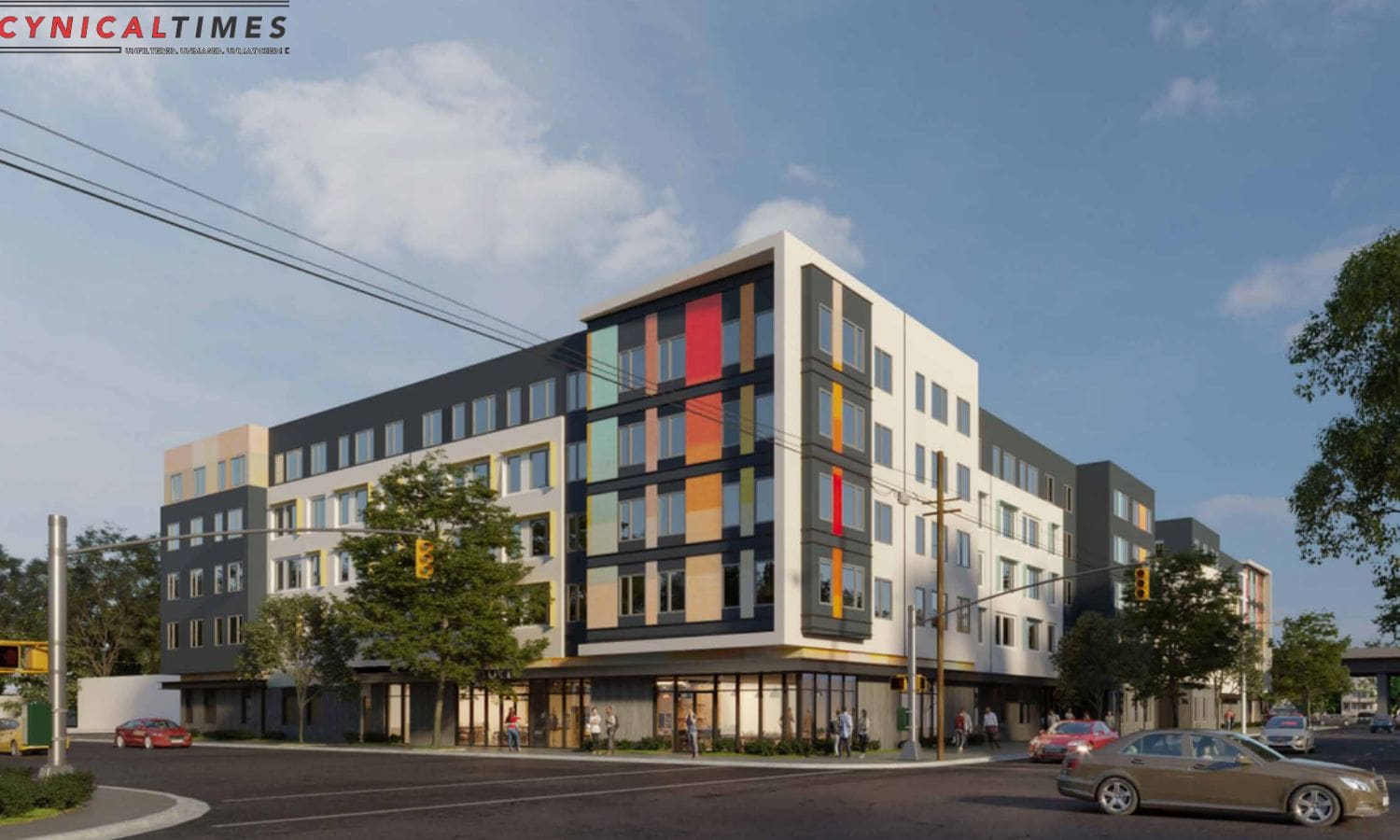Sacramento and Stockton Housing Affordability: As the presidential election year unfolds, the impact on the housing affordability crisis in Sacramento and Stockton remains a crucial topic of discussion.
The decline in affordability in Sacramento has reached a critical point, while Stockton grapples with a growing predicament.
Unpacking the underlying factors contributing to this crisis, this article aims to shed light on the initiatives being taken to boost affordable housing and provide an insightful analysis of the future outlook amid these challenges.
Key Takeaways Of Sacramento and Stockton Housing Affordability
- The availability of affordable homes in Sacramento and Stockton has significantly declined in recent years, with percentages dropping to less than 3% and 5% respectively.
- Rising home prices and stagnant wages contribute to the affordability crisis, forcing residents to spend a larger portion of their income on housing.
- The affordability crisis has negative consequences such as increased financial strain, limited housing options, decreased quality of life, and perpetuation of poverty and inequality.
- To address the crisis, comprehensive measures are needed, including increasing the supply of affordable housing, protecting renters, promoting economic development, and addressing rising land and construction costs.


Also Read: Coastal Crisis California Residents Hospitalized in Wake of Unpredicted Wave Onslaught
Affordability Decline in Sacramento: A Deepening Crisis
The affordability decline in Sacramento has reached crisis levels, posing significant challenges for prospective homebuyers. Over the past few years, the availability of affordable homes in the city has plummeted from 15% to less than 3%. This steep drop has left many potential buyers struggling to find suitable housing within their budget.
The impact of this crisis is far-reaching, affecting not only individuals and families seeking a place to call home, but also the overall economic health of the region. As home prices continue to rise and wages fail to keep pace, the dream of homeownership is slipping further out of reach for many Sacramentans.
The consequences of this affordability crisis are profound, with increased financial strain, limited housing options, and potential long-term implications for the stability and prosperity of the community.
Stockton’s Housing Affordability Plunge: A Growing Predicament
Stockton’s housing affordability has experienced a significant decline, exacerbating the already dire situation in the region. According to recent data, the percentage of affordable homes in Stockton has plummeted from 17.4% to about 5%. This steep decline has created a growing predicament for individuals and families seeking budget-friendly housing options.
The consequences of this affordability plunge are far-reaching. As affordable housing becomes scarce, many residents are forced to spend a larger portion of their income on housing, leaving less money for other essential expenses such as healthcare, education, and transportation. This can lead to increased financial stress and decreased overall quality of life.
Furthermore, the lack of affordable housing options perpetuates the cycle of poverty and inequality. It hampers upward mobility, making it increasingly difficult for low-income individuals and families to improve their economic circumstances.
Addressing the housing affordability crisis in Stockton requires a comprehensive approach that includes increasing the supply of affordable housing, implementing policies to protect renters, and promoting economic development to boost incomes. Without swift action, the predicament will only continue to worsen, further deepening the housing crisis in Stockton.


Factors Behind the Affordability Crisis: Unpacking the Issues
Factors contributing to the housing affordability crisis in Sacramento and Stockton include:
- Rising interest rates: This makes it more difficult for individuals to obtain affordable mortgages, increasing the cost of homeownership.
- Population growth: The growing population in these areas puts pressure on housing supply, driving up prices and making it harder for low-income residents to find affordable homes.
- Impact on home sellers: As housing prices rise, homeowners may be reluctant to sell their homes, fearing they won’t be able to afford a new one. This further exacerbates the shortage of available homes for buyers, leading to increased competition and higher prices.
Addressing the Shortage: Initiatives to Boost Affordable Housing
To address the shortage of affordable housing in Sacramento and Stockton, various initiatives have been implemented and proposed.
One such initiative is the introduction of new incentives to encourage the construction of affordable housing units. These incentives include tax breaks and subsidies for developers who allocate a certain percentage of their projects to affordable housing.
Additionally, there have been efforts to streamline the building permit process, making it quicker and more efficient for developers to obtain the necessary approvals. These initiatives aim to stimulate the construction of affordable housing and increase the overall supply in the market.
However, it is important to note that while these measures are a step in the right direction, they may not completely solve the affordability crisis. Other factors such as rising land and construction costs also need to be addressed to ensure long-term sustainability.
Future Outlook: Hope Amid Challenges in Sacramento and Stockton
Despite the numerous challenges faced by Sacramento and Stockton in terms of housing affordability, a glimmer of hope emerges for the future.
While the current situation may seem bleak, there are several reasons to remain optimistic:
- Economic Growth: Both cities have experienced significant economic growth in recent years, attracting new businesses and job opportunities. This can lead to increased wages and a stronger housing market.
- Government Initiatives: Local and state governments are implementing various initiatives to address the housing crisis. These include funding programs, regulatory reforms, and collaborations with private developers to increase the supply of affordable housing. Examples include the Sacramento Housing Trust Fund, which provides financial assistance for the creation of affordable housing units, and the Stockton Affordable Housing Program, which offers incentives for developers to build affordable homes.
- Public Awareness: The growing awareness and public outcry regarding the housing affordability issue have put pressure on policymakers to take action. This increased attention and demand for solutions can drive meaningful change in the future.
While the challenges are significant, the combination of economic growth, government initiatives, and public awareness offers hope for a brighter future in Sacramento and Stockton’s housing market.


Conclusion Of Sacramento and Stockton Housing Affordability
The housing affordability crisis in Sacramento and Stockton is a pressing issue that requires immediate attention. The decline in affordability in these areas has reached critical levels, causing significant challenges for residents.
Various factors contribute to this crisis, including high housing costs and limited supply. However, there is hope for the future as initiatives are being implemented to boost affordable housing options.
Despite the challenges ahead, it is crucial to address this issue to ensure the well-being and stability of the communities in Sacramento and Stockton.
Our Reader’s Queries
Is Stockton cheaper than Sacramento?
When it comes to the cost of living, Stockton is a more affordable option than Sacramento. The Economic Policy Institute states that a family of four needs to earn $85,959 in Stockton, while in Sacramento, the same family would need to earn $95,122.
Is it affordable to live in Sacramento?
Living in Sacramento, CA is 16% more affordable than the state average, but 19% more expensive than the national average.
Does Sacramento have a housing crisis?
For years, Sacramento was renowned for being one of California’s most budget-friendly cities. It was a haven for families seeking to purchase a home or rent an apartment without breaking the bank. However, due to an influx of new residents and a severe shortage of affordable housing, the cost of living has skyrocketed in the past decade. As a result, rents and home prices have become exorbitant, making it difficult for families to keep up with the expenses.
What is considered affordable housing in California?
In accordance with State law (Health and Safety Code Section 50052.5), the cost of affordable housing for lower-income households should not exceed 30 percent of their gross household income, with some variations. The federal limit, which is more commonly used, also sets the cost at 30 percent of gross income, with some variations.

